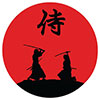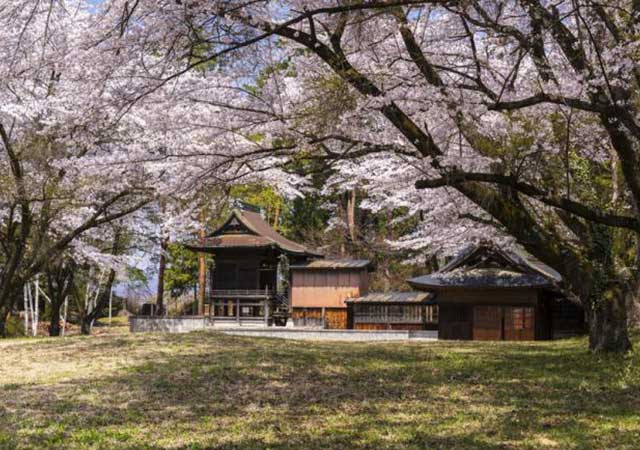
Shinpu Castle was a Japanese hirayama-style fortress from the Sengoku period, situated in what is now Nirasaki, Yamanashi Prefecture. It served as the main stronghold of warlord Takeda Katsuyori. Designated as a National Historic Site in 1973, the castle occupies a strategic position on a mountain with steep cliffs, overlooking the Kamanashi River to the west of Kofu, where Takeda Shingen’s Tsutsujigasaki Castle once stood.
Following the death of his father, Takeda Shingen, Katsuyori initially expanded his territories into eastern Mino Province. However, after suffering a devastating defeat at the Battle of Nagashino against Oda Nobunaga’s matchlock-armed forces, in which he lost four of his top generals, the Takeda clan found themselves beset by hostile neighbors like the Oda, Tokugawa, Uesugi, and Odawara Hojo clans. Seeking a more defensible position, Katsuyori relocated his headquarters to Shinpu Castle in 1581, despite resistance from many of his vassals.
Shinpu Castle was built atop a hill formed by ancient lava flows from Mount Yatsugatake, with defenses stretching 500 meters north to south and 200 meters wide. Its inner bailey, positioned at the hilltop, connected to the main gate via a secondary bailey. The layout bore similarities to Tsutsujigasaki Castle. South of the central area was a third bailey, fortified by a clay wall, and the main gate featured additional protection in the form of a half-circular fortification with a dry moat. The northern side of the castle had further fortifications, including two barriers extending into a water moat. Construction was completed in just eight months under the supervision of Sanada Masayuki.
However, in early 1582, before the castle or its accompanying town were fully built, an alliance between Oda Nobunaga and Tokugawa Ieyasu launched an invasion into the Takeda territories after the defection of Kiso Yoshimasa. Shinpu Castle, along with other Takeda strongholds, fell quickly to this advance. After the defeat at the Battle of Tenmokuzan, Katsuyori, with only 300-400 men left, abandoned and set fire to Shinpu Castle, retreating into the mountains in an attempt to reach Iwadono Castle. Despite advice from Sanada Masayuki to flee to Iwabitsu Castle, Katsuyori pressed on to Iwadono, only to be denied entry by Oyamada Nobushige, an old Takeda retainer. Facing no other option, Katsuyori committed suicide while his remaining forces delayed the pursuers.
Afterward, Oda Nobunaga sent Kawajiri Hidetaka to take control of Shinpu Castle while Tokugawa Ieyasu continued clearing out the remnants of the Takeda forces. The castle briefly became a Tokugawa stronghold before being abandoned and left to ruin. Today, no structures remain except for remnants of dry moats and earthenworks. A Shinto shrine now stands on the former site of the Inner bailey, and in 2017, the castle was listed among the Continued Top 100 Japanese Castles. It is a 10-minute walk from Shinpu Station on the JR East Chūo Main Line.
See also
-
Kanazawa Castle
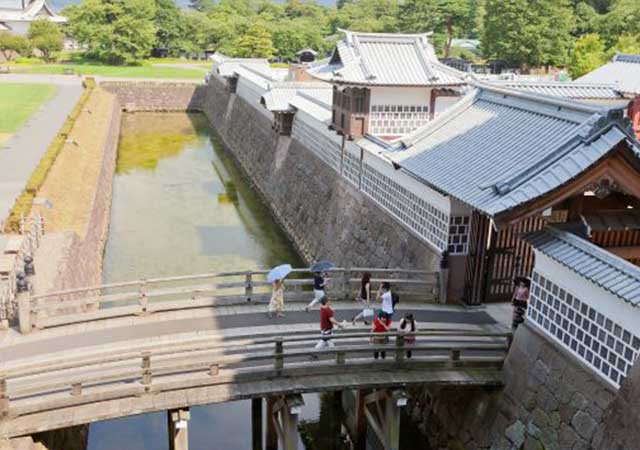
Construction of Kanazawa Castle began in 1580 on the orders of Sakuma Morimasa, a vassal of Oda Nobunaga. The castle was built on the site of the Ikko-ikki sect's Oyama Gobo temple, which is why it is sometimes called Oyama Castle. Morimasa managed to build several moats and begin construction of a castle town. However, after his defeat at the Battle of Shizugatake in 1583, he was executed, and ownership of the castle passed to Maeda Toshiie (1538–1599).
-
Nakatsu Castle
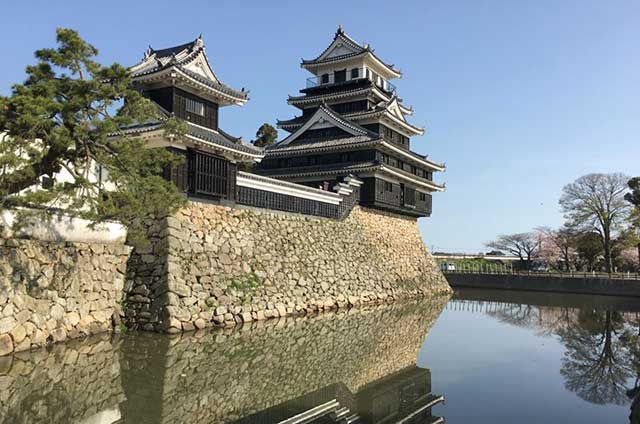
Kuroda Yoshitaka (1546–1604) was one of the closest advisors to the legendary military commander Toyotomi Hideyoshi. He took part in key military campaigns of the late 16th century, including the campaign against Shikoku in 1585 and the campaign against Kyushu in 1587. Later, during the second campaign in Korea, Yoshitaka served as chief advisor to the commander of the invasion forces, Kobayakawa Hideaki. After Hideyoshi's death, he swore allegiance to Tokugawa Ieyasu, thereby securing his influence and patronage under Japan's new leader.
-
Edo Castle
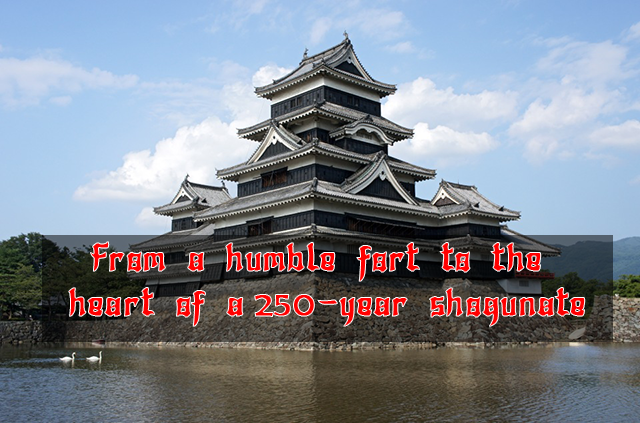
The history of Edo Castle dates back to the Heian period, when the Edo clan built a small fort on this site. In 1457, the vassal of the Uesugi clan, Ota Dokan (1432–1486), constructed a full-scale castle here. Internal conflicts weakened the Uesugi clan, and in 1524, Ota Dokan’s grandson, Ota Yasutaka, surrendered the castle without resistance to the forces of Hojo Soun, the ambitious leader of the Hojo clan. While Odawara Castle remained the clan's main stronghold, Edo was considered a key strategic fortress.
-
Samurai Museum Shinjuku

Situated in the vibrant district of Shinjuku, the museum showcases an extensive collection of samurai armor, weapons, and cultural artifacts spanning from the Kamakura to the Edo period. The exhibits aim to convey the samurai's unwavering commitment to honor and discipline, reflecting how their spirit continues to influence modern Japanese culture.
-
Anjo Castle

Anjo Castle was built on a slight elevation at the edge of the Hekikai Plateau, about 2 kilometers southeast of present-day central Anjo City in Aichi Prefecture. Today, the surrounding area thrives on large-scale agriculture and automotive manufacturing, utilizing the expansive flatlands and its proximity to the Nagoya region.
-
Numata Castle
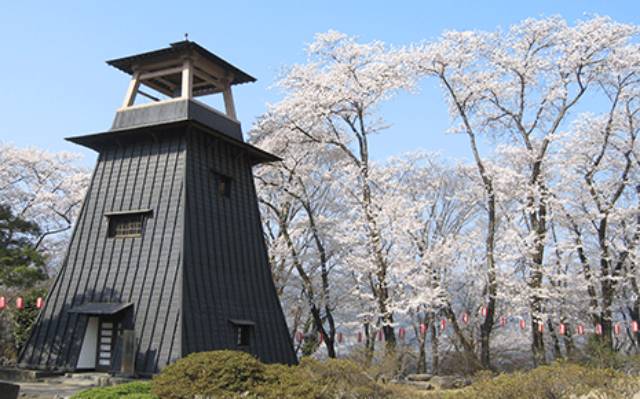
Numata Castle, located in Numata, northern Gunma Prefecture, Japan, has a rich and complex history. During the late Edo period, it served as the residence of the Toki clan, who ruled the Numata Domain. Over the centuries, the castle changed hands multiple times and was the site of significant battles during the Sengoku period.
-
Iwabitsu Castle
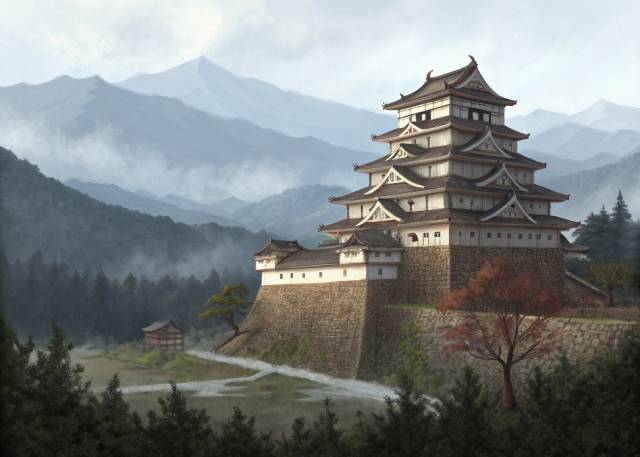
Iwabitsu Castle is a yamashiro-style (mountain) castle located atop Mount Iwabitsu in Higashiagatsuma, Gunma Prefecture, Japan. Recognized for its historical significance, its ruins have been protected as a National Historic Site since 2019.
-
Tsutsujigasaki Castle

Tsutsujigasaki Castle (Tsutsujigasaki Yakata) served as the fortified residence of the last three generations of the Takeda clan and is located in the heart of Kofu, Yamanashi Prefecture, Japan. Unlike traditional Japanese castles, it was not referred to as a "castle" in Japanese, as the Takeda clan famously believed in relying on their warriors as their true fortifications, stating, "Make men your castle, men your walls, men your moats." Designated a National Historic Site in 1938, the ruins are now open to the public and house the Takeda Shrine, a Shinto shrine dedicated to the deified spirits of the Takeda clan.

